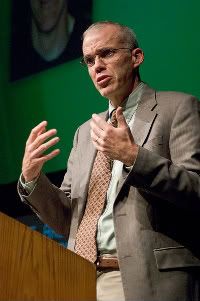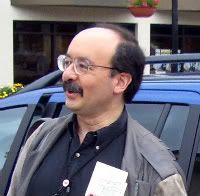From Guest Blogger Brian McGowan: Biofuel Tax Credit
Today I got my taxes done and for the first time since I have started experimenting with and doing projects with alternate/renewable energy and energy efficiency I was finally able to take a tax credit for something I was doing.
I got laid off a year ago in February. At the end of July I started doing contract programming of AV control systems out of my house. This involved travelling to locations to install and test the code to see that it was working properly. For about 4 years now I have been driving a diesel Mercedes on 100% biodiesel, which I purchase out of a pump at a station a short distance from my house. I used this car for all the travel I did last year for this business. I joked with the tax person as to whether or not I was qualified for any kind of credit for this. I know there is a producers credit and I thought I had heard about a business user’s credit and sure enough he found it. By the time I calculated it down I had used 90 gallons of biodiesel for my business travels. The federal credit was $1.00/gallon so I got a credit of $90.00. For all of the experiments and projects I do I was very happy to finally be able to take any kind of tax benefit for something I was doing. It was small but it is something.
I have an all or nothing feeling about tax credits for biofuels and renewables in general. Either renewables should enjoy an equal dollar amount of benefits as non-renewables or there should be no tax benefits for any kind of energy. However, since this is here, I am taking it. That $90.00 will buy what I need to build another solar air heater.
Brian McGowan
http://home.comcast.net/~bigvid




